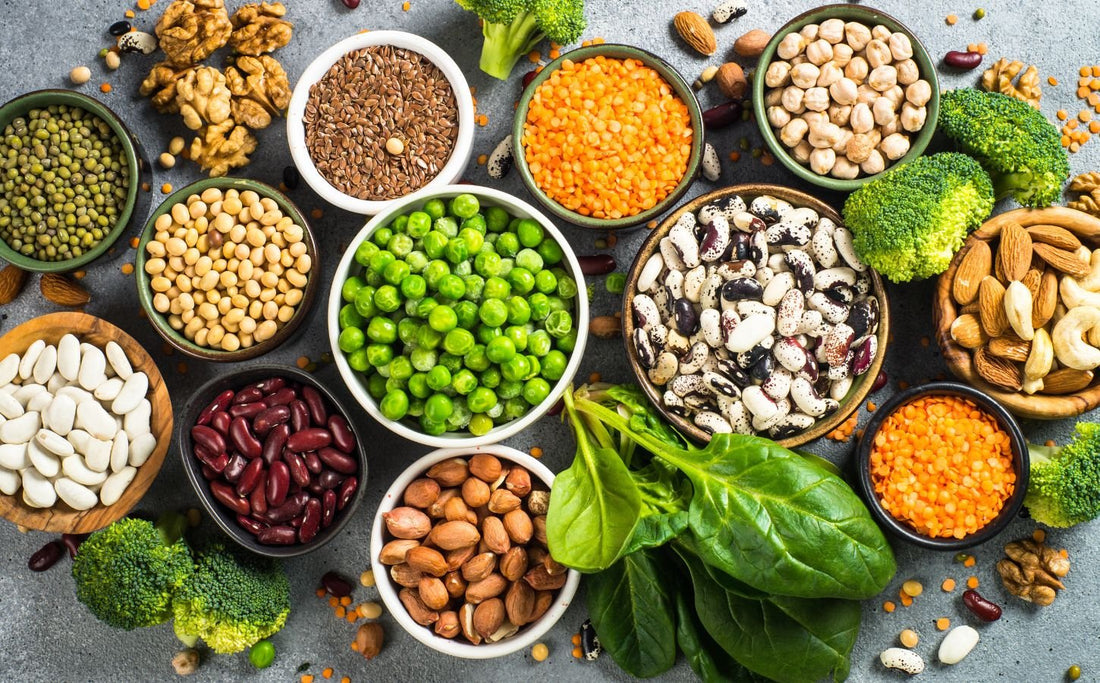
How to Get All Amino Acids on a Plant-Based Diet
One of the most common questions about plant-based eating is: Can I really get all the essential amino acids without eating animal products? The answer is a resounding yes—if you know how to combine whole plant foods wisely.
What Are Amino Acids, and Why Do They Matter?
Amino acids are the building blocks of protein, essential for muscle repair, immune function, hormone production, and nearly every function in the body. Of the 20 amino acids our bodies use, 9 are called essential amino acids—meaning we must get them from food.
Animal proteins (like meat, eggs, and dairy) are naturally “complete”—they contain all 9 essential amino acids in sufficient amounts. Many plant proteins are “incomplete,” meaning they may lack or be low in one or more of those amino acids.
But here’s the good news: you don’t need to get every amino acid from every food or even every meal. As long as you eat a variety of whole plant foods over the course of your day, your body will combine those amino acids and build complete proteins on its own.
Smart Food Combinations That Work
Some traditional food pairings are perfect examples of how cultures have intuitively combined complementary plant proteins:
Rice + Beans (Asia, Latin America)
Chickpeas + Whole Wheat Bread (Middle East)
Lentils + Brown Rice or Quinoa (India)
Corn + Black Beans or Pumpkin Seeds (Central America)
Tofu + Buckwheat or Oats (East Asia)
These combinations provide all the essential amino acids your body needs—without needing any animal products.
Plant Foods That Are Complete Proteins
Several plant-based foods are naturally complete:
Quinoa
Amaranth
Buckwheat
Hemp seeds
Chia seeds
Soy (tofu, tempeh, edamame)
Spirulina
Including a few of these regularly makes it even easier to meet your protein needs.
Don’t Overthink It—Eat Variety
It’s a myth that you need to combine specific foods at every meal. What matters most is eating a diverse, whole-food diet throughout the day.
Aim for:
Whole grains (brown rice, oats, millet, quinoa)
Legumes (lentils, beans, peas)
Nuts and seeds
Dark leafy greens
Vegetables of all colors
This kind of variety ensures you’re getting all the amino acids your body needs, along with fiber, minerals, antioxidants, and enzymes that isolated protein powders just can’t match.
Our Real Food Selection Of Plant Protein Make It Easy
Check out our Collection of seeds, nuts and grains, locally sourced, and perfect to support complete nutrition.
